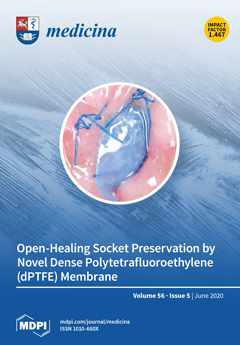Background and Objectives: Muscle fatigue is characterised by (1) loss of force, (2) decreased maximal shortening velocity and (3) a greater resistance to stretch that could be due to reduced intracellular Ca
2+ and increased Pi, which alter cross bridge kinetics.
Materials
[...] Read more.
Background and Objectives: Muscle fatigue is characterised by (1) loss of force, (2) decreased maximal shortening velocity and (3) a greater resistance to stretch that could be due to reduced intracellular Ca
2+ and increased Pi, which alter cross bridge kinetics.
Materials and Methods: To investigate this, we used (1) 2,3-butanedione monoxime (BDM), believed to increase the proportion of attached but non-force-generating cross bridges; (2) Pi that increases the proportion of attached cross bridges, but with Pi still attached; and (3) reduced activating Ca
2+. We used permeabilised rat soleus fibres, activated with pCa 4.5 at 15 °C.
Results: The addition of 1 mM BDM or 15 mM Pi, or the lowering of the Ca
2+ to pCa 5.5, all reduced the isometric force by around 50%. Stiffness decreased in proportion to isometric force when the fibres were activated at pCa 5.5, but was well maintained in the presence of Pi and BDM. Force enhancement after a stretch increased with the length of stretch and Pi, suggesting a role for titin. Maximum shortening velocity was reduced by about 50% in the presence of BDM and pCa 5.5, but was slightly increased by Pi. Neither decreasing Ca
2+ nor increasing Pi alone mimicked the effects of fatigue on muscle contractile characteristics entirely. Only BDM elicited a decrease of force and slowing with maintained stiffness, similar to the situation in fatigued muscle.
Conclusions: This suggests that in fatigue, there is an accumulation of attached but low-force cross bridges that cannot be the result of the combined action of reduced Ca
2+ or increased Pi alone, but is probably due to a combination of factors that change during fatigue.
Full article






